From East to West Coast, Irish theater companies are booming as never before.
The creation of the Thomas Davis Irish Players conjures an image of monks in monasteries, copying manuscripts with quills. The year was 1933 and seven young Irishmen, some of whom had been actors in Ireland, were studying for their high school equivalency tests in New York City. Missing their homeland, they felt an urge to promote their culture here by forming a theater company. Given their strong interest in education, they named the group after Thomas Davis, the 19th century poet and educator.
All they needed were scripts — and this is where the monk image comes in. Long before the days of split-second photocopying, and without money to purchase printed scripts, the young men copied plays by hand at the public library. The company they founded continues to thrive in the Bronx under the direction of James Barry. And others were to follow, in New York and around the country.
“Theater tends to bring exiles together in a way other art forms don’t,” says John Gleeson, founder in 1981 of the Milwaukee Irish Fest Theater. “The social dynamic of people coming together to put on a play works wonderfully in exile.”
The desire to bring Irish culture to America, no matter how hard the effort, is at the root of theater companies throughout the country. Some have been started by native Irish, others by Irish Americans, but all with a reverence for Irish dramatists, both classic and contemporary.
“There’s a longing for recognition of our culture that we as Americans are somewhat cut off from,” says John Stephens, artistic director of 14-year-old Theater Gael in Atlanta. “We’re a very rich people and we have to be alert to that. We can lose ourselves if we dismiss our past or contemporary writing.”
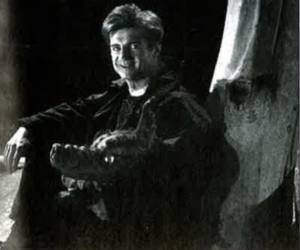
From the Irish perspective, the reason for forming theater companies includes a desire to offer American audiences, long familiar with Sean O’Casey and J.M. Synge, a chance to see the work of contemporary playwrights like Patrick McCabe and Thomas Murphy, and to present these plays with native understanding rather than the phony stage Irish so often found in America. “There was no sense of what was happening in modem Irish theater,” says Carmel O’Reilly, artistic director of Boston’s Súgán Theater Company. “With all the Irish immigrants here, not much theater was being done. That surprised me.” Others have joined that effort. “Artistically, there’s a veritable explosion in Ireland now,” says John Lyons, artistic director of Daedalus Theater Company in New York City, founded in 1994. “I want people here to see what is happening in Irish theater, the plays written in the last ten years.”
The success of these companies has been, for the most part, a field of dreams for their founders. They started them, and the audiences came, sometimes in numbers so large they had to be turned away. When Súgán staged Murphy’s The Gigli Concert and Brian Friel’s The Freedom of the City last year the company was swamped with calls from people wanting tickets long after the productions were sold out. Because it rents space at the Boston Center of the Arts, rather than having a theater of its own, the company was unable to extend the runs, so it is restaging both plays this year. In the five years of its existence, Súgán has developed such a following and received enough strong reviews that the lack of space has become a serious problem. If it is not accepted into a residency program at the Boston Center, it will look for some place with permanent administrative and storage space. “It will make us more stable, so we don’t have to move everything in and out every time we do a play,” O’Reilly says. “It’s like when you move a house, all those boxes in and out. There’s a lot of physical work involved with theater.”
Buffalo’s Irish Classical Theater Company, now in its sixth season, faced that same problem four years ago. After renting space wherever it could, the company was asked by a downtown restaurant owner to do four Sunday night performances of Geraldine Aron’s Galway Girl to boost his business. The four performances turned into four months’ worth, prompting the owner to transform a nearby deli into a theater for the company. That 100-seat theater-in-the-round quickly became too small.
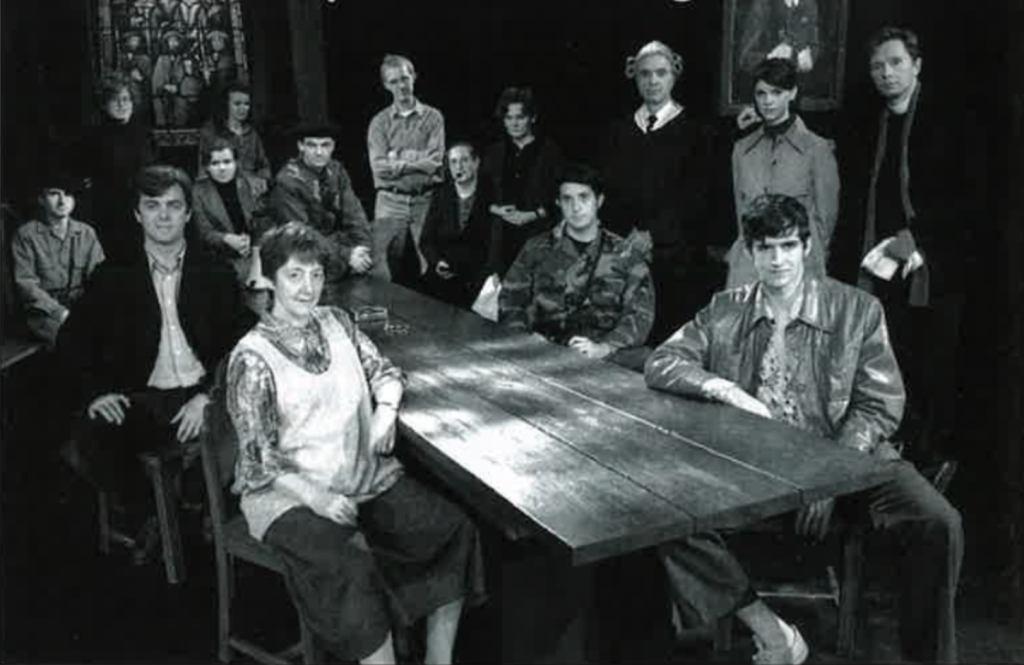
“The economics of it are touchy,” Artistic Director Vincent O’Neill says. “Even if we have a hit, we only have room for 100 people.”
New York City’s Irish Repertory Theater solved its space problem by moving into a permanent home in September 1995. After renting space in theaters all over the city, Irish Rep raised and borrowed close to a half million dollars and recruited volunteers to help build its own two-theater complex. With this new space, Irish Rep has been able to attract some major players from the theater world; in the case of last fall’s production of The Importance of Being Earnest, Tony Walton was set designer and director and Nancy Marchand and Eric Stoltz joined the cast.
Milwaukee’s Gleeson sees this interest as part of an Irish Renaissance, with great interest in Irish writing and film making, and Irish plays increasingly staged at regional theaters around the country. “Being Irish is hot,” he says. “There’s great confidence in the arts and culture at the moment.”
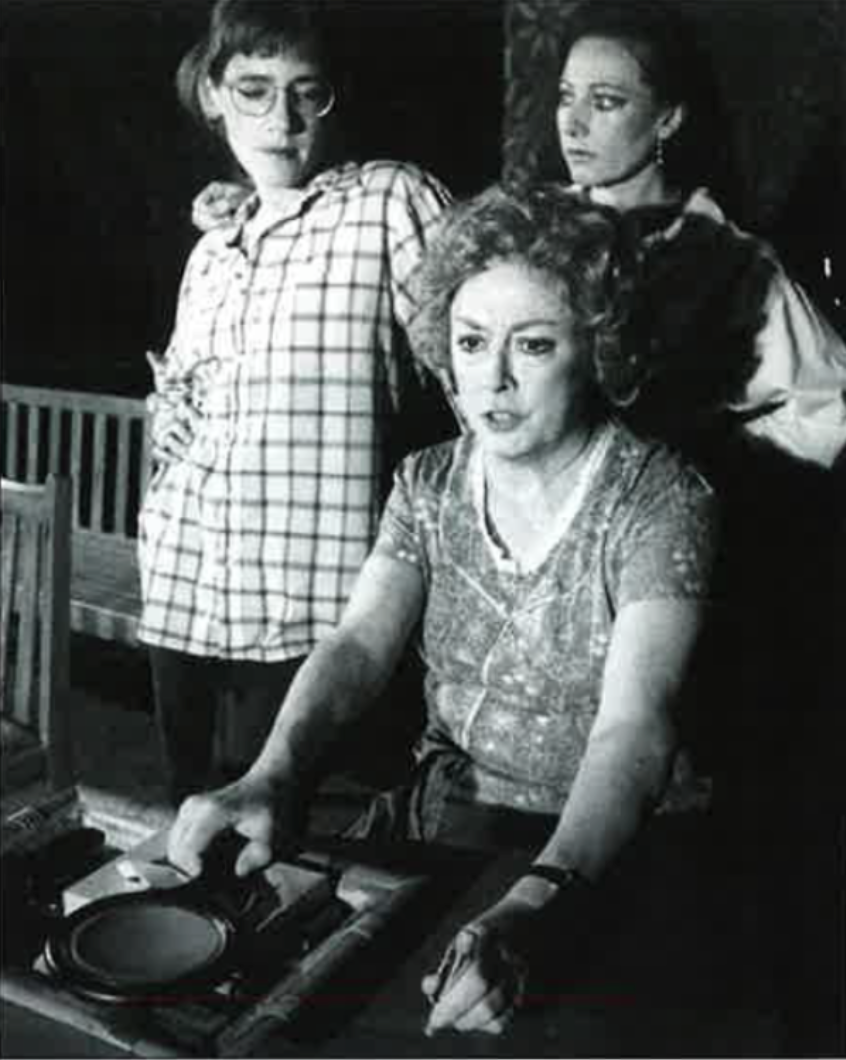
That confidence has accelerated the growth of Gleeson’s group, now known as Milwaukee Irish Arts. Besides the one-act plays it stages throughout the year, it also holds an international theater festival each year for full-length contemporary plays. Chicago’s Gaelic Park Players and St. Paul’s Na Fianna Celtic Theater are part of this effort.
Most of the support for these productions comes from the Irish and Irish American communities, but is in no way limited to them, company founders say. Sean Fallon Walsh, executive director of the 11-year-old Celtic Arts Center in Los Angeles, says his audiences and financial supporters are just as apt to be black, Latino or Jewish. “The culture attracts people of all nationalities,” he says. “They seem to love it.” The reason is that many other cultures have Celtic roots, he says. “Celtic culture is so old and the Celts moved around so much, there seems to be a link with many other cultures.”
While an attraction to Irish culture has been a boon to most theater companies, it has been partly responsible for a falling off of interest in New York’s Irish Arts Center. Founded in 1972, IAC for a long time was practically the only source for Irish entertainment in the city. Artistic Director Nye Heron says his plays now must compete with Irish movies, which come out at a rate of about two a year. “It’s much tougher to find an audience now than in the 80s,” he says. “People can go to the movies for $7 and identify with being Irish.”
IAC has not just lost some of its audience, it also has lost a third of its funding. The National Endowment for the Arts, which previously gave $25,000 annually to support IAC’s work, has cut all funding, and New York State, which gave as much as $100,000, has cut its share to $25,000, leaving IAC with $75,000 in cuts. These cuts are not particular to IAC, they are being felt by arts groups around the country as government support dwindled in recent years. IAC is coping by renting its space to other theater companies more than it is using it for its own work. “The grant cuts have been devastating,” Heron says. “Without the ability to rent, we’d be out of business.”
His group is making other changes as well. After establishing a reputation for staging world and American premieres. such as Kenneth Branagh’s Public Enemy, which ran for six months in the 1994-95 season, he has decided to stage classical and popular contemporary work. “We’re playing by the same rules as Broadway,” Heron says. “If a show loses money. we’re in serious trouble. We’re in a situation where we have to put together shows we can find an audience for right away.”
Deo Ireland, now in its fourth year in San Francisco, also suffered a financial setback recently, but the culprit in this case wasn’t the government, it was a volunteer actor who mysteriously disappeared halfway into a successful run playing a lead in The Shadow of a Gunman, forcing the cancellation of the last three weeks of the show. The first three weeks had paid expenses, the next three, which would have amounted to about $8,000, would have been for the company, which stages only one show a year. The dreadful blow was softened a bit, says founding member Tom McCarthy, by the community’s response. The audience, more than half of whom are not Irish or Irish American, had always been receptive to Deo Ireland’s work, McCarthy says, but it was an event like this that showed him how strongly the community cared. Fans of the company put together a fundraiser at a local restaurant and raised $1,500. “People know how bloody much work we put into our shows,” he says. “It was nice to see we did have some love built up in the community.”
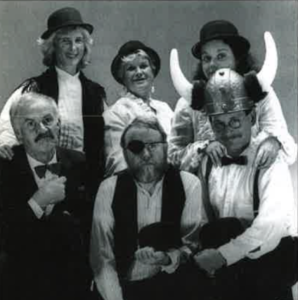
Funding is difficult for most theater companies, large or small, Irish or otherwise. Peter O’Neill. executive director of San Francisco’s nine-year-old Irish Arts Foundation, has found a solution by staging coproductions such as Marie Jones’ Somewhere Over the Balcony with a feminist theater group, and recently working with a Native American company. “We do a lot of work with other cultural groups,” O’Neill says. “That’s the way to go for Irish theater companies that want to go beyond the classics with limited financial resources.”
With Irish theater companies around the country it is this kind of will that is finding a way. Money is always a problem, whether the company chooses to raise enough to put on Equity productions or save money with volunteers who may vanish in the middle of a run. But from East Coast to West, a strong desire to showcase Irish drama and establish true Irish identity beats on, just as surely as it did for the seven young men who copied plays by hand all those years ago in New York. “There are so many misconceptions about Ireland,” says Donald Creedon, artistic director of the two-year-old Macalla (echoes in Gaelic) Theater Company in the Bronx, New York, a company which presents American premieres of new plays. “The power of theatre is that it makes people think.”

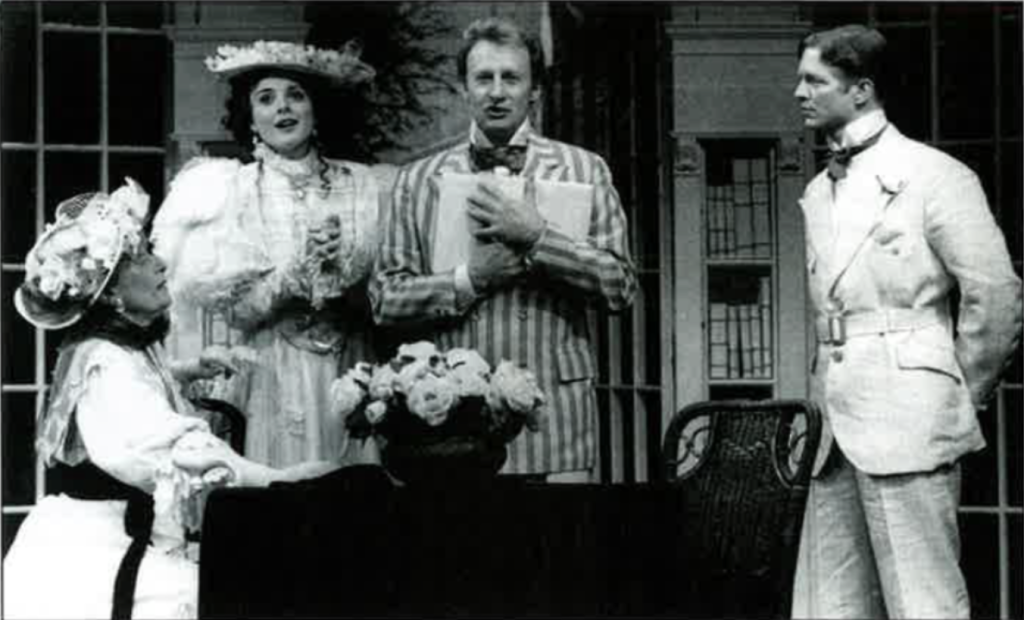
Leave a Reply